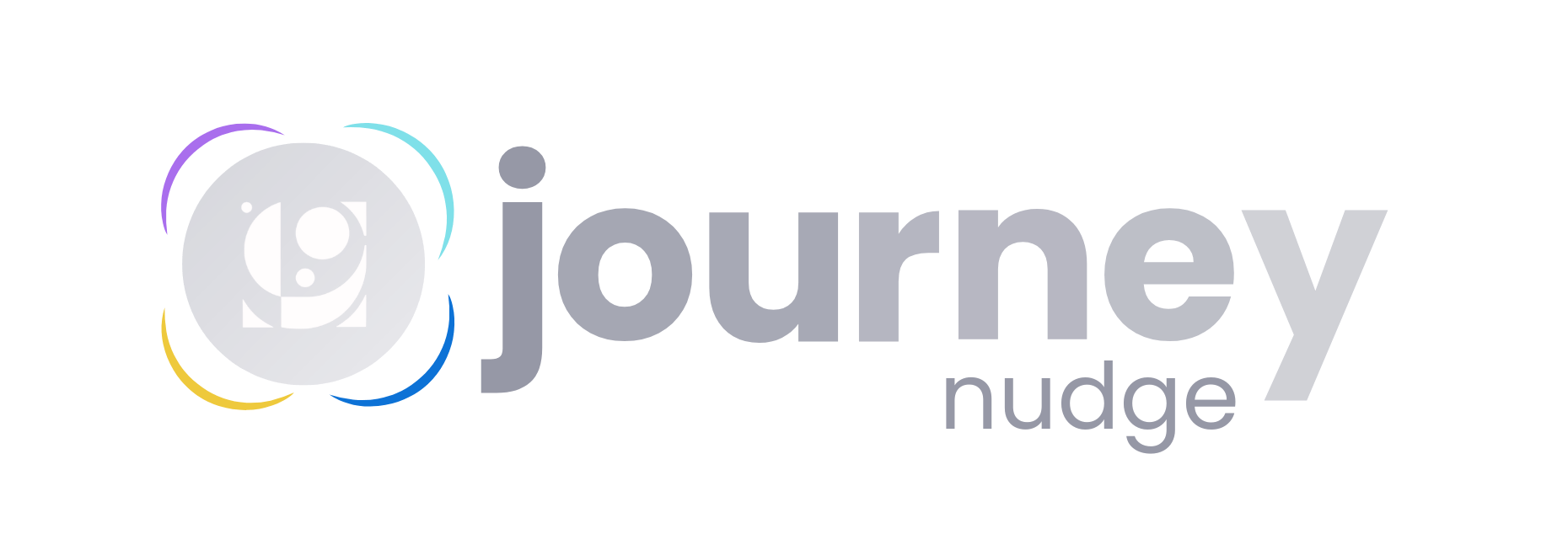Thousands of thoughts run through your head every single day. Some thoughts are happy, like “that was a fun experience” or “I like it here.”
Some are gloomier, like I will never be able to get it right” or “I’m a failure.”
Some thoughts are an accurate representation of what happens in your life, like “I made a mistake.” Other thoughts are untrue and inaccurate, like “I am useless. These are called automatic thoughts.
Sometimes they’re true. Other times, these thoughts are based on false assumptions about yourself, other people, or the world.
Negative automatic thoughts can be harmful, especially if they persistently pop up in your head. They might be very believable, but they can also be inaccurate.
Remember, just because you have a thought doesn’t mean that thought is true. JOURNEY can help you reflect on your negative automatic thoughts, identify problems in your thinking patterns, and begin to make changes in your thinking.
Changing your thinking can then lead to changes in how you feel.
Finding the Hot Thought
Oftentimes there are multiple negative automatic thoughts that swirl together and feed off of each other to cause emotional damage. It can be best to focus on the single thought that you feel most strongly about. This is often called a “hot thought” and it is most strongly linked to your mood.
For example, “I made a mistake” might be your first thought. It might lead to “That was so stupid” which then leads to “I shouldn’t have made that mistake” which then leads to “I’m never going to get that promotion now.”
Which of those thoughts have the strongest emotional impact on you? Which of those thoughts weigh the heaviest on your heart? That hot thought could be the one you try to
challenge.
Challenge
These tips and tricks are for JOURNEY’s Guided Journal: Analyze Thought. Now that you’ve learned what cognitive distortions are, it is time to challenge them.
Focus your attention on a thought that evokes a strong negative emotion (AKA the hot thought) and identify a cognitive distortion within it. Next, put that thought on trial. Examine the evidence for and against the thought.
- What are some facts that support your thought?
- What is the evidence that makes you think the thought is true?
- What are some things that counter your thought?
- If a friend had this thought about themselves, what would you say to them?
- Have there ever been any times when this thought wasn’t true?
Alternative Thought
Now that you have sufficient evidence for and against your original thought, weigh them next to each other. Take both sides into consideration. Then, come up with a fair and unbiased interpretation of the situation. In other words, come up with an alternative thought that represents a more balanced, helpful, and realistic perspective!
Like any new skill, mastering this technique takes time and perseverance. The first few attempts may feel awkward, but don’t give up.
With enough practice, you’ll be able to identify cognitive distortions at a quicker pace, take control of your thoughts in the moment, and reduce emotional suffering through a more helpful, balanced way of thinking.
For tips on dealing with specific cognitive distortions, visit the Cognitive Distortions section in the Discover tab.
